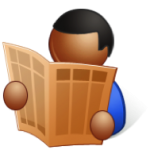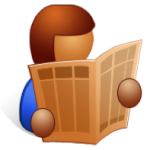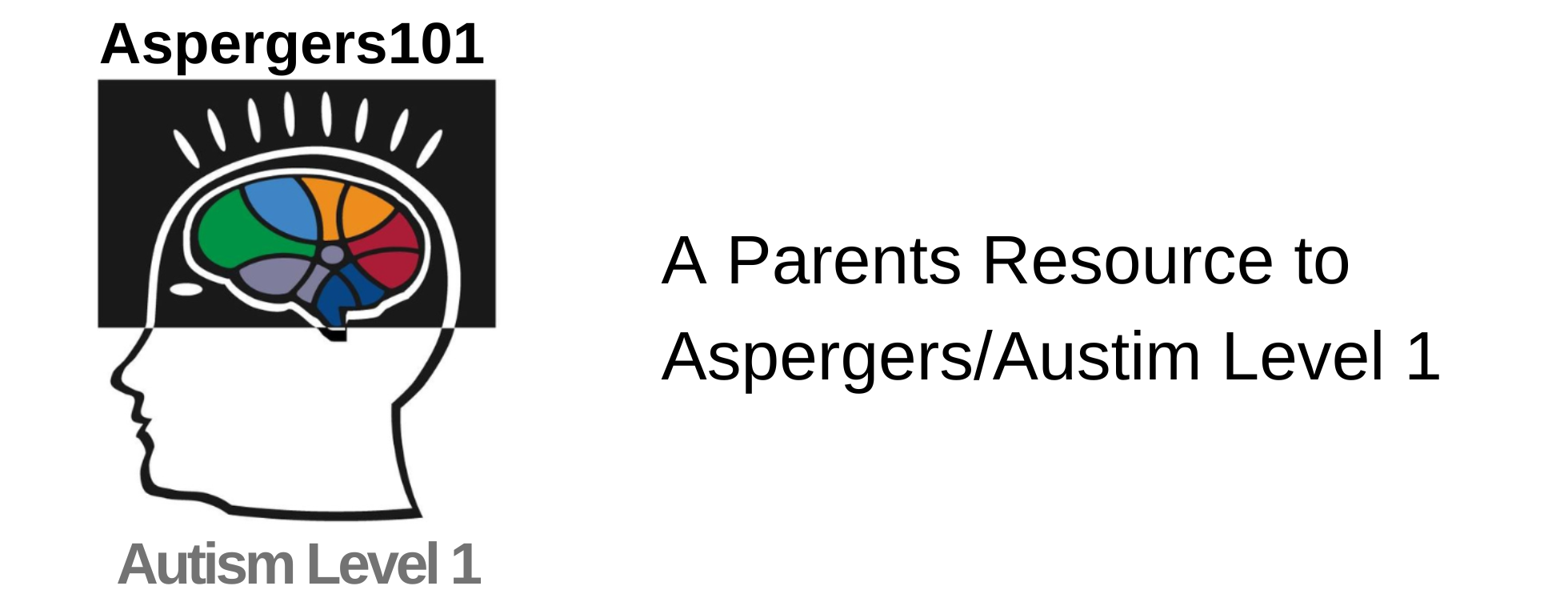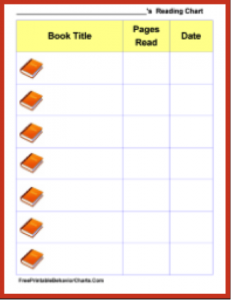In previous blogs, we have reviewed several of the following instructional strategies that can be implemented across subject areas and grade levels. The focus of this blog, which will be split up into two posts, is reading strategies. We will remind ourselves of these comprehensive strategies as they apply to reading, and I will provide you with examples of worksheets and other resources to utilize.
- Chunking
- Graphic Organizers
- Steps of the Process
- Visual Guides
- Models of Correct Work
- Video Modeling
- Incorporate Interests
- Technology
- Pneumonic Devices
- Preview Learning
“The more that you read, the more things you will know. The more that you learn, the more place you’ll go.”
-Dr. Seuss
Repeated Reading: Fluency develops as a result of many opportunities to practice reading with a high degree of success. This means relatively easy text for the reader, with no more than approximately 1 to 20 words difficult for the reader resulting in 95% success.
Researchers have found the following to be effective techniques:
- Students read and re-read a text a certain number of times or until a certain level of fluency is reached
- Four re-readings are sufficient for most
|
My Reading Goals Name: ____________________________ Date:__________ |
| This week I read
|
| Next week I plan to read
|
| Something I did well in reading this week was
|
| Next week in reading I want to get better at
|
Reading Checklist
Name: ________________________________ Date:________________
Book Title: ___________________________________________________
Pages to Read: _________________________
Questions to Answer:
________________________________________________________
________________________________________________________
________________________________________________________
Difficult Words: __________________ ______________________
__________________ ______________________
__________________ ______________________
I have read the assigned pages: ____ yes _____ no
I have answered all of the questions: _____ yes _____ no
I will need help with these questions:
________________________________________________________
________________________________________________________
________________________________________________________
I stapled the checklist to my paper: _____ yes _____ no
I noticed that my partner . . .
(check one box)
| After 2nd reading | After 3rd reading |   |
Remembered more words |
||
Read faster |
||
Read smoother |
||
Read with expression |
| My Learning Log |
Name: Teacher:Date:Name of Station:What I did today:The evidence of my work is: a product, a friend’s initials, etc.Reflections on my learning: How hard did I try?
The Education (K-12) Blogs and Special Ed Q & A are written and maintained weekly by Lisa Rogers with Educating Diverse Learners. Lisa received her M.A. in Special Education with an endorsement in the area of individuals with severe disabilities. Mrs. Rogers has also created products that have been used throughout the state of Texas for training purposes. Through the Association for Texas Professional Educators [ATPE], Ms. Rogers has produced an online course that targets the importance of visual strategies for student with autism spectrum disorders and just released her highly anticipated book titled: Visual Supports for Visual Thinkers.











Perhaps item #9 above should be “mnemonic devices”?
I’d vertune that this article has saved me more time than any other.